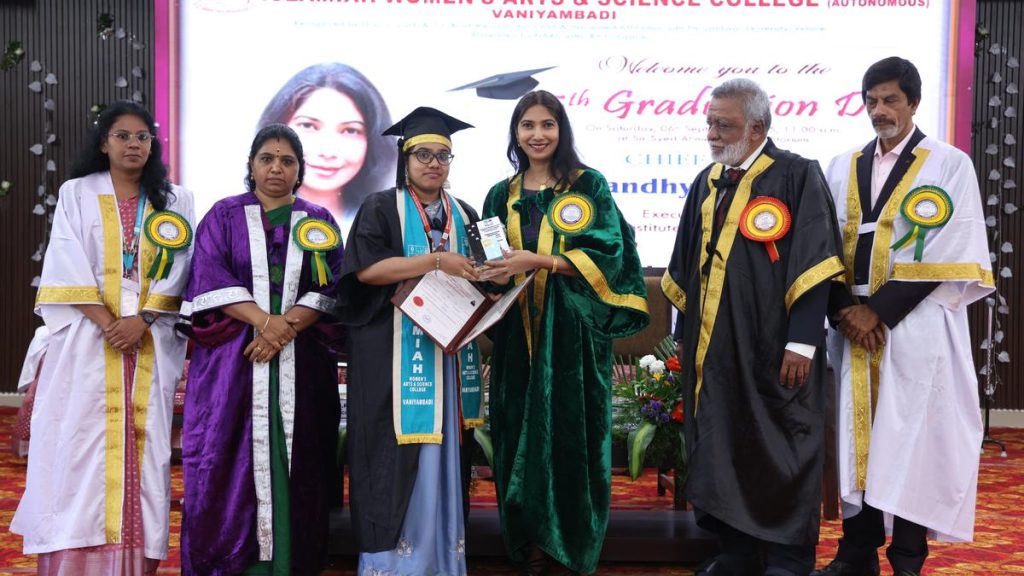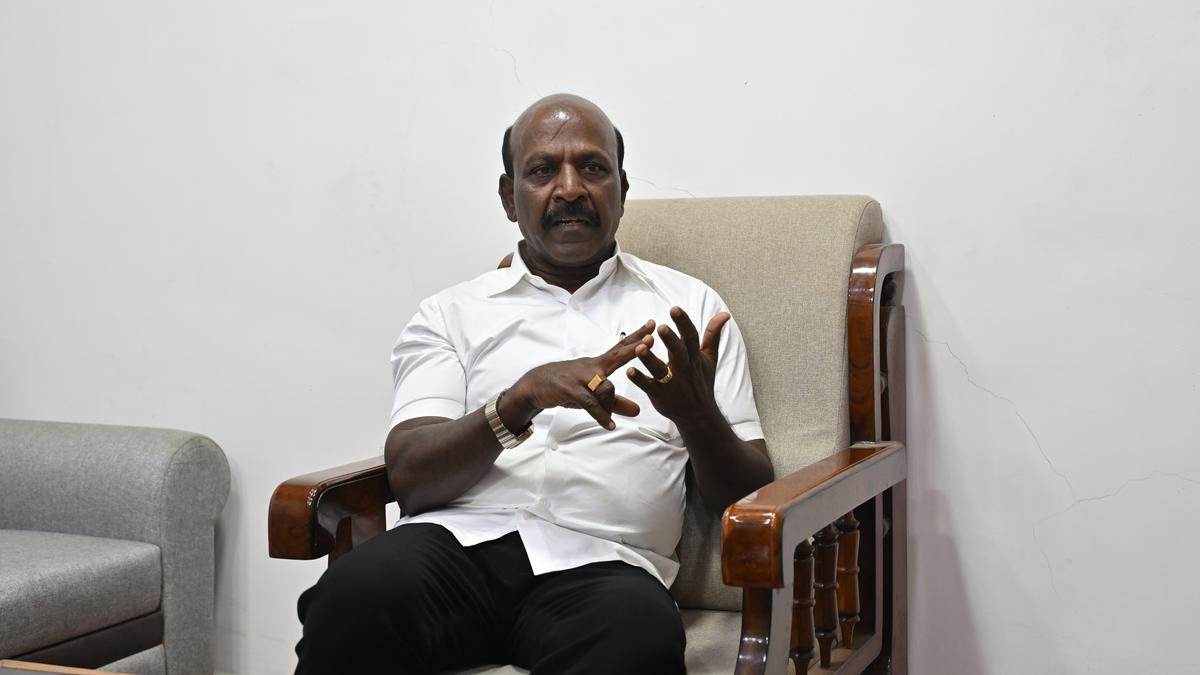Now Reading: CEITA Appeals to Centre for GST Reduction on Electronics to Boost Domestic Trade
-
01
CEITA Appeals to Centre for GST Reduction on Electronics to Boost Domestic Trade
CEITA Appeals to Centre for GST Reduction on Electronics to Boost Domestic Trade

Quick summary
- CEITA Appeal: The Chennai Electronics and Infotech Traders Association (CEITA) has requested the Union Finance Ministry to reduce GST on electronic goods from 18% to 5%, citing challenges for domestic manufacturers and traders.
- Market Overview: Ritchie Street in Chennai is India’s second-largest electronics market, hosting over 2,000 retailers/wholesalers and employing more than 5,000 peopel directly and indirectly.
- Reasoning Behind Request:
– Thin margins combined with high GST are affecting small businesses.
– Domestic products face competition from cheaper imports from China and Taiwan due to cost advantages.
- Global Comparisons: GST on electronics in countries like China (up to 13%),Singapore,Korea,and Japan is lower than India’s current rate.
- Impact of GST Reduction Proposed by CEITA:
– Revival of domestic industry through increased competitiveness.
– enablement of national initiatives such as Make in India and Digital India by attracting investments.
– Potential acceleration of job creation within the sector.
Indian Opinion Analysis
The CEITA’s appeal for a lower GST rate on electronic goods raises crucial concerns about India’s ability to sustain its domestic trading community amidst growing imports from nations like China. While India’s electronics exports have shown gradual growth ($11.28 billion in FY2019-20 increasing to $15.6 billion by FY2023-24), its share remains negligible at less than 1% of the global $4.3 trillion market-a stark contrast to China’s dominant position with nearly 60%.
Reducing GST could incentivize local manufacturers, improve pricing competitiveness against imported goods, safeguard SMEs that contribute significantly toward employment generation, and align better with global benchmarks on tax rates for critical industries. However, this call requires careful fiscal analysis as reduced tariffs might impact short-term government revenues-a trade-off decision contingent upon longer-term economic goals like boosting innovation, reducing import dependence under ‘Make in India,’ or fostering sustainable industrial growth.
The outcome could redefine India’s role within a competitive global electronics marketplace while addressing pressing local employment needs.
Read More: Indian Express

























